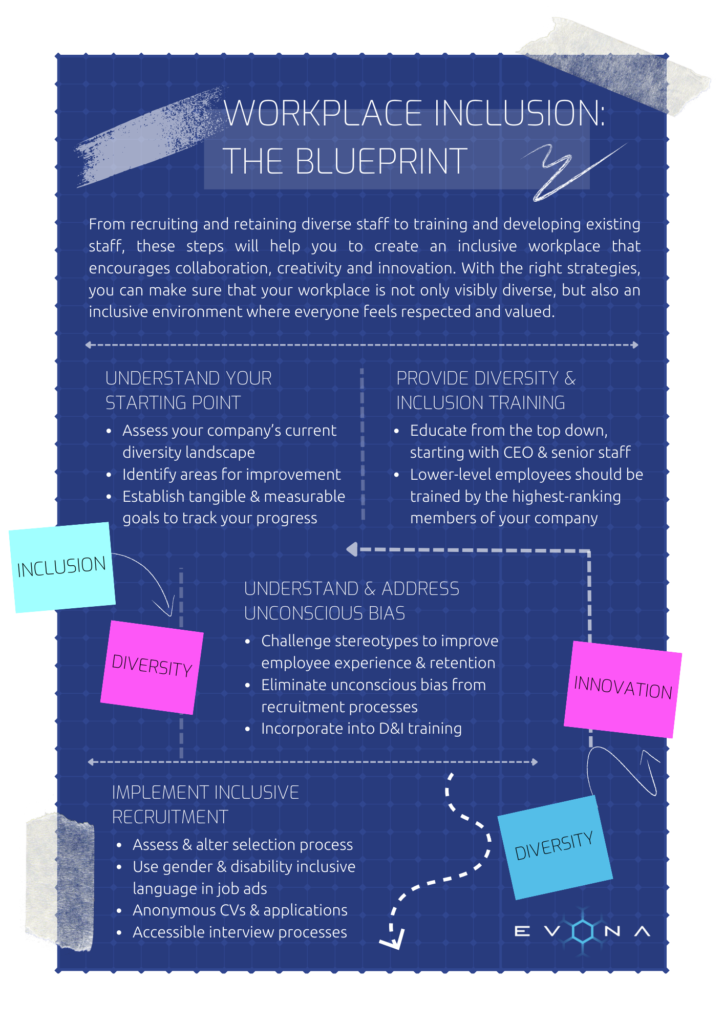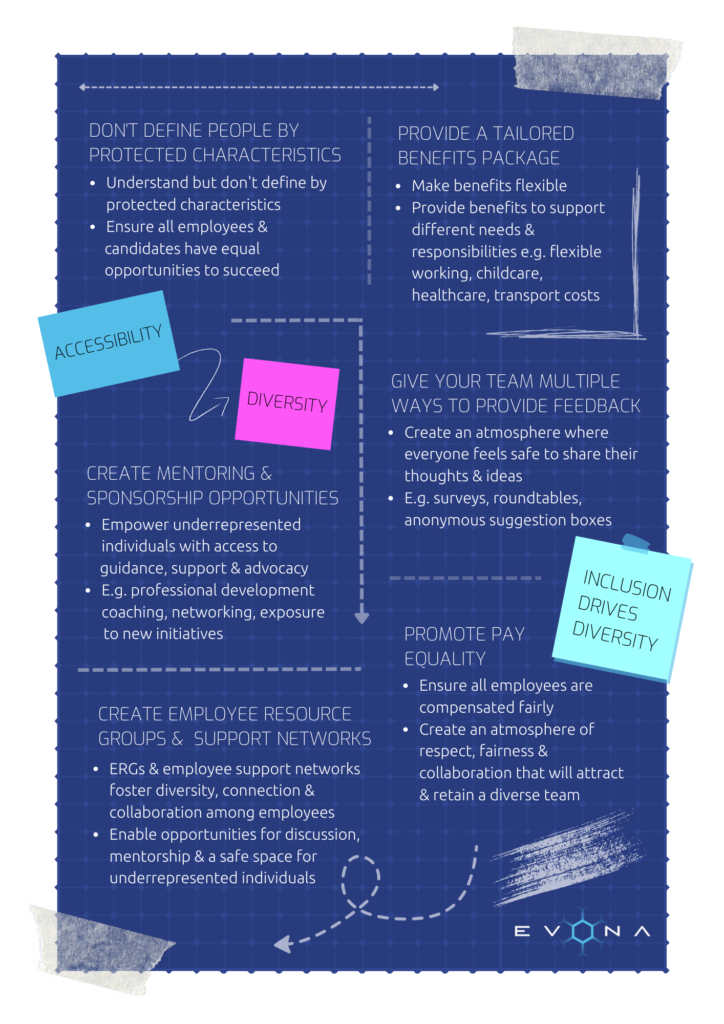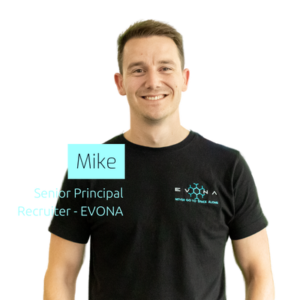Project IDD Part 2
Beyond Boundaries: Visible Diversity in the Space Sector
Welcome back to Project IDD, where we’re giving space companies the tools they need to build a truly inclusive organisation.
We’re picking up where we left off in Part 1, challenging and reframing perceptions of diversity and inclusion to enable positive change across the space sector.
In Project IDD Part 1, we explored issues of diversity and inclusion from a gender perspective. We gave exclusive insights from two of our principle recruiters who achieved a 50/50 gender split in their placements, and told you how to attract and retain talented women in your organisation. In part 2, we’re delving into the complexities surrounding visible diversity in the space sector, and the vital role that inclusion will play in shaping the industry’s future.
We’ve said it before, and we’ll say it again – diversity isn’t achievable in any organisation without inclusivity. Inclusion needs to come first. It’s the driving force behind diversity. Too many companies are focused on ‘diversity’ purely on a surface level. Hiring candidates solely for their ‘diversity criteria’ is not a quick fix. You need to work out how to retain these individuals and value them for their unique contributions. In order to build a truly diverse workforce, companies need to first deal with issues of inclusion.
An inclusive workplace is essential to retain talent from all walks of life. If you’re bringing people into an workplace where they feel excluded, without a sense of belonging, pockets of isolation will form. These pockets are causing companies to miss out on retaining highly qualified individuals.
Having a workforce with different backgrounds and experiences bring new perspectives, ideas and skills to the team. These new perspectives lead to innovative new ideas and approaches to problem-solving, while helping organisations to better serve diverse customer bases.
The Business Case for Diversity
In case you’ve forgotten the business case for an inclusive workplace, here’s a reminder:
This isn’t new information. Across the space sector, companies that truly understand the benefits of a diverse workforce are outperforming their competitors. Those who don’t share this vision will be left in the dust. Organisations need to go past compliance with the Equality Act to build a working environment that welcomes, supports and retains talent from all walks of life.
 We spoke to Shelli Brunswick about the true value of inclusion in her broad and deep understanding of the space sector.
We spoke to Shelli Brunswick about the true value of inclusion in her broad and deep understanding of the space sector.
Shelli Brunswick, COO of Space Foundation, is a passionate advocate of this message. She’s a leading role model in the space sector, and an active diversity and inclusion champion. Shelli received the 2021 Global Technology Leader award and was honoured as the 2020 Diversity & Inclusion Officer and Role Model.
What role will inclusion play in shaping the future of the space sector?
“Inclusion equates to innovation. When we bring diversity to the table, that’s when we’re going to be more innovative, bring new ideas to market faster with better results, and optimize resources. We face major challenges here on Earth with climate change, and many of the potential solutions are rooted in space technology.
We have seen how space technology from the Apollo era — more than 60 years ago — has helped us here on Earth. We have benefited from formulated food, fire-retardant clothing, telecommunications, and healthcare innovations based on space technology. It’s critical that we continue to look to space innovation and the Artemis generation and how they can improve the quality of life on Earth now and for the next 60 years.
At $469B, the global space ecosystem is a healthy market to join. We need to keep inspiring the next generation of space contributors to explore space careers, and we need to keep promoting diversity among gender, geographies and generations for both STEM and non-STEM career opportunities available. Only then will we be able to attract the talent and accelerate the solutions needed to explore the universe and better life on Earth.”
What are the long-term consequences if we ignore issues of diversity and inclusion?
“We can’t talk about solving our greatest challenges on Earth unless we invite diversity — genders, geographies, and generations — to the table. The best solutions are going to require time and an investment of resources, and those resources need to embrace a diversity of perspective and experience that comes from bringing everyone to the table to work together.
I had the privilege of meeting a 13th-generation Samurai woman at Dubai Expo 2020 during Space Week. She attended my session on “Space in Our Daily Lives.” After my presentation, she presented me with a pearl necklace. However, this wasn’t a typical pearl necklace; it was all irregular pearls with one pearl made of gold. The necklace’s message was that we are all imperfect until we come together and form a perfect union. Without diversity and inclusion at our tables, it will be difficult to form that perfect union that can solve our planet’s greatest challenges.”
No inclusive workplace was built in a day. It requires honest introspection and careful planning for companies to understand where the problems lie in their unique organisation. We’re helping you take this first step. From here, you can work towards building a culture of equality and inclusion that will take your company to the next level.
Visible Diversity
A diverse workplace isn’t necessarily an inclusive one. While many companies think the first step towards inclusion is building a visibly diverse team, this logic further contributes to feelings of isolation within the workplace. If you’re bringing people into an environment where they do not feel a sense of belonging, they will leave and take their talent to an inclusive organisation. This is known as tokenism.
Tokenism – the practice of making only a perfunctory or symbolic effort to do a particular thing, especially by recruiting a small number of people from under-represented groups in order to give the appearance of sexual or racial equality within a workforce.
Limiting people to and defining them by visible characteristics like race, ethnicity, gender, disability and age is far from inclusive. These assumptions stem back to unconscious bias, which is a huge roadblock on the road to inclusion.
Unconscious bias happens without our knowledge. It can influence how we make decisions, interpret events, and interact with others, even when we think we are being fair and objective. It often involves associating certain characteristics with certain groups, which can have a huge impact on creating an inclusive workplace.
Stereotyping people based on their physical appearance leads to a lack of understanding and appreciation for the distinctive skills, talents, and perspectives that each individual brings to the table. This not only hinders the growth and development of the individual, but it also limits the potential of the organisation as a whole. It’s essential for companies to create a culture of inclusivity and respect, where individuals are valued for their unique contributions and not judged based on their physical characteristics.

Unconscious bias often creeps in during talent acquisition processes. People can create false preconceptions of a candidate based on something as simple as a name, instantly deeming them unfit for a role.
We spoke to two of our senior recruiters, Glen and Mike, about how companies can tweak their processes to ensure equity and inclusion.
“Talent acquisition processes are a huge driver of diversity and inclusion issues. Without carefully planned recruitment strategies, a workforce can become increasingly homogeneous. Selection processes should be blind. You need to take preconceptions and stereotypes out of the equation if you want to build a strong team of talented and unique individuals.
Some recruitment processes can actually be counter inclusive. For example, within a non-diverse organisation, employee referrals often contribute to ethnicity, nationality and gender-related homogeneity. Traditionally, these referrals make up a third of hires. While being undeniably effective and convenient methods of recruitment, they can unintentionally create a diversity imbalance that increases over time.
To combat this, consider tracking your referrals to determine whether they sway towards a particular demographic. If they do, it’s time to consider how you can attract candidates from other underrepresented groups. Alongside this, you can cap employee referrals, or reassess and redistribute your recruitment budget towards more inclusive hiring methods.”
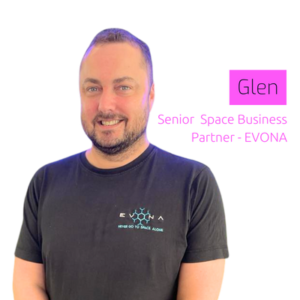
“Employee benefits massively impact inclusion. It’s important for employers to tailor packages with a modern and holistic approach. By incorporating working practices, external responsibilities and personal wellbeing, your offering will appeal to and support a wider range of talented individuals.
Flexible working is a massively popular benefit that has a huge impact on the range of candidates you attract. By allowing your employees to work in a way that suits their needs, lifestyle and responsibilities, your company will appeal to a wider range of demographics.

Flexible working can take many forms, such as ‘flexi-time’, which allows employees to choose their start, finish and break times, and remote or hybrid working. When it comes to remote working:

Remote working also massively increases opportunities for people with disabilities.
Disability Workplace Inclusion
It’s important to remember that not all disabilities are visible. We’ll explore invisible disabilities in Project IDD Part 3, but for now, let’s discuss visible disabilities.
Despite repeated statistic proof that employees with disabilities are more reliable, loyal and punctual than non-disabled workers, some employers are quick to disability as a barrier. In some cases, it can automatically disqualify a candidate in their mind. These misconceptions cause companies to miss out on hiring skilled professionals who could make significant contributions to the space sector, as well as wider STEM industries. It’s a harmful and narrow-minded mentality that needs to be addressed.
Visible disabilities have been historically discriminated against. Even as part of the team, these employees are often overlooked and under-supported.

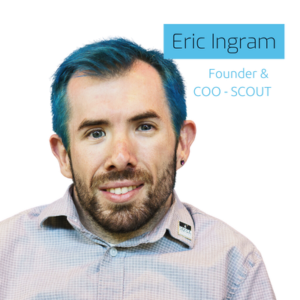 We spoke to Eric Ingram, CEO and co-founder of SCOUT, about the importance of disability inclusion.
We spoke to Eric Ingram, CEO and co-founder of SCOUT, about the importance of disability inclusion.
Eric is a passionate ambassador of disability inclusion, and the ways different perspectives, backgrounds and experiences can take space organisations to the next level. He’s a board member of the Space Frontier Foundation and an ambassador and organising team member for Mission: AstroAccess, promoting disability inclusion in space exploration by paving way for disabled astronauts in STEM.
How does a diverse and inclusive workforce drive innovation?
“The value in having a diverse team is that you get different perspectives, and those unique perspectives bring a myriad of new ideas and unique approaches to solving problems. Fostering creativity is the premise to drive the innovation we seek in the workplace, and that all starts with having the diverse backgrounds and experiences of an inclusive workforce. People with diverse backgrounds go through experiences in their lives that others will never encounter. Engaging these experiences and perspectives in the workplace enables negative experiences to be solved before there are problems, and more positive experiences to be integrated earlier on.”
·What is the current landscape for people with disabilities in the space sector, and what can companies do to build a truly inclusive environment?
““I regularly talk to people with disabilities who think the space sector isn’t for them. The concept of having “The Right Stuff” has proliferated for decades, and that archetype is pervasive for those outside of the space industry. At least 15% of the world’s population has a disability, so that’s up to 15% of the workforce that feels like they don’t belong and are being excluded as candidates. When there is conversation about diversity in the workplace, disabilities are regularly excluded, and this is detrimental to the incredible workforce we could all be building. We need to get to the point where seeing something like “wheelchair” or “blind” on a resume doesn’t lead to an automatic disqualification by the hirer. Job descriptions need to exclude disclaimers that discourage people with disabilities from applying. We need to be proactive in communicating inclusivity in our hiring practices and back words with action.”
Companies can hire and retain people with the skills they need, while demonstrating their value through inclusive practices and policies. In order to achieve this, organisations must ensure that all qualified applicants and employees have equal opportunities to succeed.
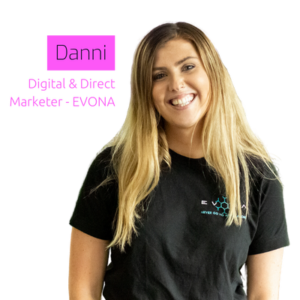 EVONA’s digital and direct marketing manager, Danni, is living proof of the importance of disability inclusion.
EVONA’s digital and direct marketing manager, Danni, is living proof of the importance of disability inclusion.
Danni is an incredibly talented individual and a daily driving force behind EVONA’s success. After joining us on a placement year from university, the skills and experience she brought to the business were abundantly clear. We’ve made every possibly accommodation to ensure Danni has every opportunity to succeed and grow as part of the team.
“As somebody with a disability, I never thought I’d be able to maintain a professional career. I thought it would be a barrier to entry and something that would prevent me from staying in full-time employment. When I first joined EVONA on my university placement, it was clear how much they valued me and my contributions to the team. Every step of my experience here has been so accessible, that my disability has never been a barrier to my success.
In order to be truly inclusive, your company needs to be structured in a way that will welcome and support any qualified applicant that comes your way. Your company should be so inclusive that there are no possible barriers to entry. You need to embed accessibility into every step of the recruitment process. Only include core criteria in your job adverts, so leave out holding a driver’s licence if it’s not totally necessary, and clearly reference your equal opportunities policy. You should also make adjustments to the interview process where necessary. Advertise your office as accessible, provide flexible working options and promote disability inclusion in your company ethos. You can also provide access to internal and external support systems, as well as funding for reasonable adjustments.”
In today’s space ecosystem, the organisations that are visibly committed to fostering inclusion as a driving force for diversity are thriving. These companies serve as shining examples of how corporate entities can make a positive impact. There can be no excuses for not making diversity and inclusion a top priority in this day and age. The rest of the industry must followed suit in adopting these inclusive practices if they want to stay ahead of the curve.
EVONA is leading the space sector in building diversity through inclusive practices.
In Project IDD Part 3, we’re delving into the often-overlooked subject of invisible diversity. Our experts will examine the intricacies surrounding this aspect of diversity and demonstrate how embracing it can lead to truly transformative business innovation. With a fresh perspective, we’ll show how thinking differently about diversity can unlock untapped potential and drive business success.
Join us next time as we demonstrate the immense power that lies in embracing the full spectrum of diversity.
